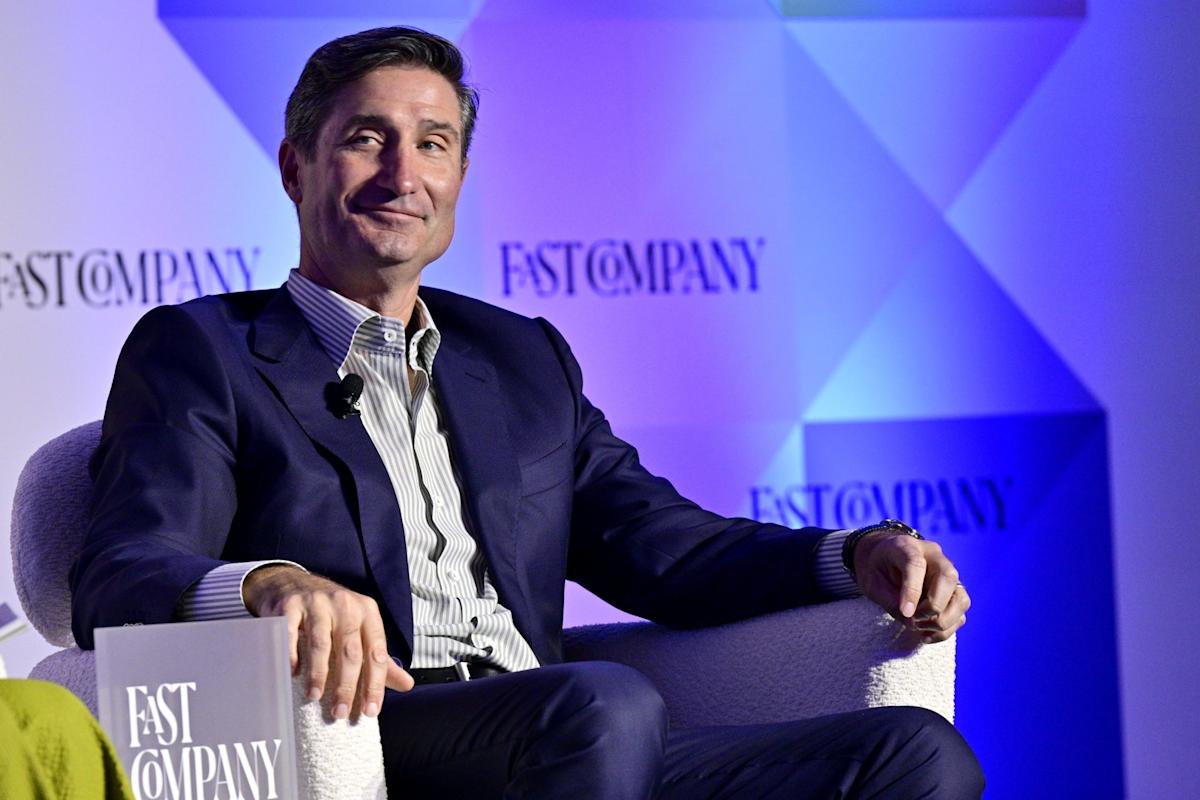‘I believe our food needs to match the craft of our coffee’
Starbucks is betting big on the health-conscious consumer movement with plans to dramatically expand its protein and gluten-free offerings, marking a significant shift in the coffee giant’s food strategy as CEO Brian Niccol seeks to revitalize the brand since taking the reins last year.
Speaking at Fast Company’s Innovation Festival on Tuesday, the 51-year-old coffee-chain boss outlined ambitious plans to “reimagine all of our baked items” and create “much more artisanal” food options that complement the company’s premium coffee offerings.
“I do believe our food needs to match the craft of our coffee,” Niccol said, signaling a fundamental shift in how Starbucks approaches its food menu. The company is preparing to launch protein cold foam later this year and is developing ways to “combine more protein with gluten-free options.”
Starbucks’ embrace of protein reflects a broader industry trend that shows no signs of slowing. The global high-protein food market is projected to grow by $50.2 billion by 2028, according to research firm Technavio, driven by increasing health consciousness and of fitness culture’s popularity. Consumer interest in protein has surged, with protein mentions on social media platforms increasing by more than 10% year-over-year.
Starbucks’ new protein cold foam, which will contain 15-18 grams of protein, represents the company’s attempt to capitalize on what has become one of its most popular beverage modifiers. Cold foam sales grew 23% year-over-year, the company reported during its Q3 earnings call in July, making it a natural vehicle for protein enhancement.
“I was watching people coming to our stores, they would get three shots of espresso over ice,” Niccol told Axios. “And in some cases, they pull their own protein powder out of their bag, or in other cases, they have a protein drink, like a Fair Life, and they’d pour that into their drink.”
The protein push also aligns with changing consumer habits driven by the rise of appetite-suppressing injectable treatments like Ozempic and Wegovy. Nearly 18 million Americans are expected to be taking versions of GLP-1 drugs by 2029, Axios previously reported, creating demand for high-protein foods that help maintain muscle mass.
Starbucks’ commitment to expanding gluten-free options comes as the global gluten-free food market experiences explosive growth. The market was valued at approximately $7.4 billion in 2024 and is projected to more than double that—$15.4 billion—by 2032.
The trend extends far beyond those with celiac disease or gluten intolerance. In a recent poll, 11% of millennials and nearly as many from Gen Z reported following a gluten-free diet, despite only 1% of Americans being diagnosed with celiac disease.



Leave a Comment
Your email address will not be published. Required fields are marked *